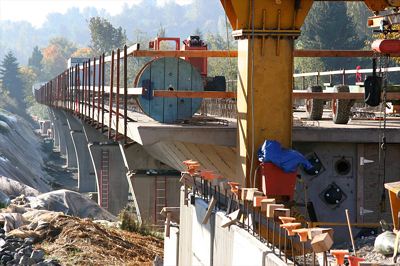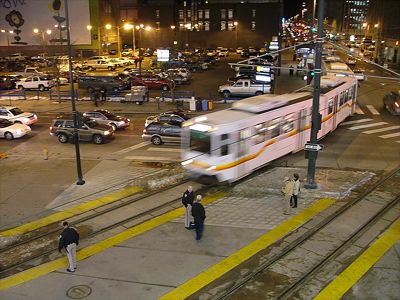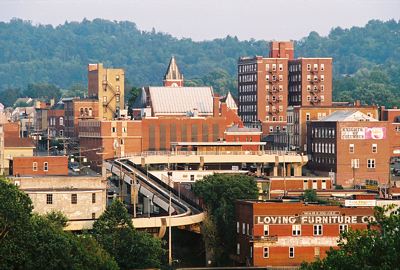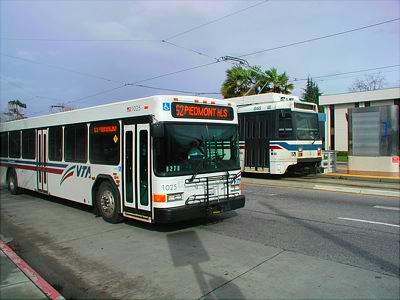British auto drivers pay something like $4 in auto-related taxes for every dollar that the government spends on highways. The surplus goes for transit, intercity rail, and other government operations.
Meanwhile, the government is doing much to discourage auto driving, including installing speed humps, red-light cameras, and the famous cordon charge for entering inner London.
All of this rankles Malcolm Heymer, a civil engineer and member of the Association of British Drivers. Heymer gave a presentation (10MB) at the San Jose Preserving the American Dream conference last weekend. You can also download the text of his presentation, which is only 248-kilobytes.












